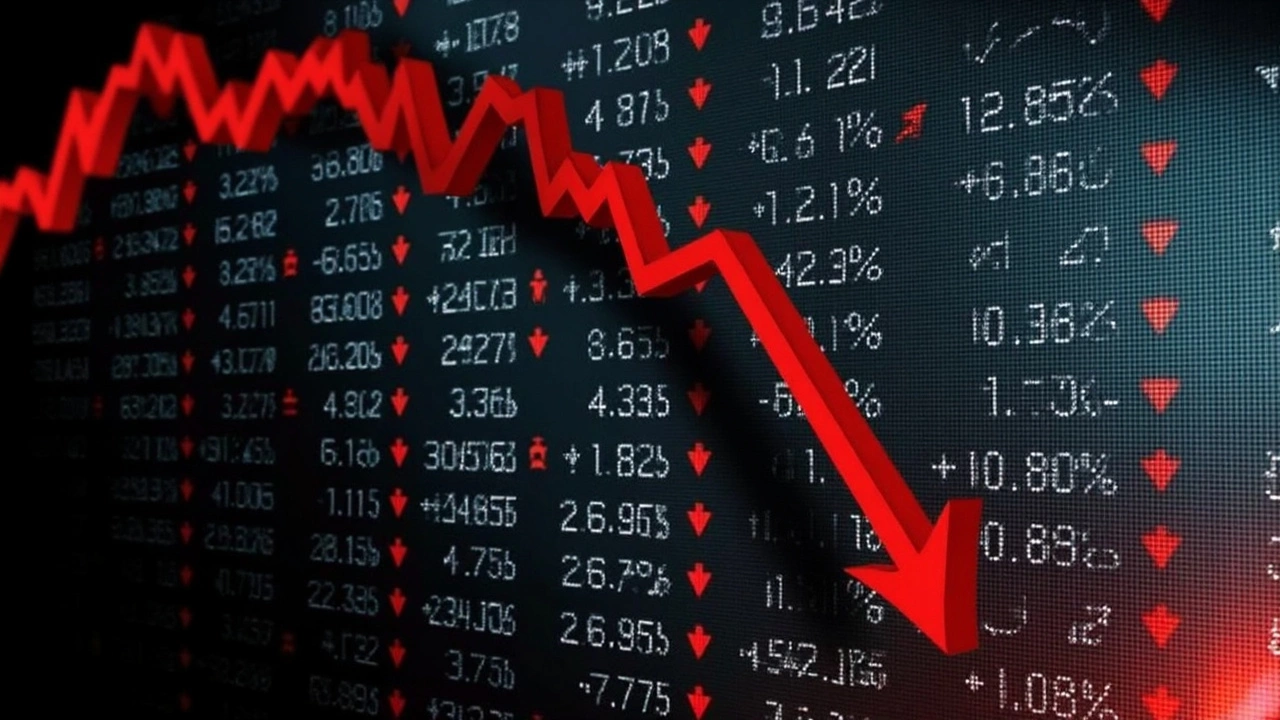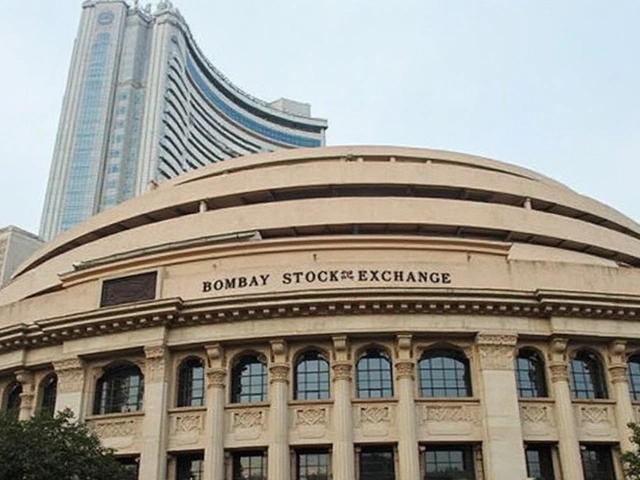Markets on Edge: The Mix of Global and Local Turmoil
It’s been a rough ride for anyone following the stock market in India lately. Red screens and falling stock prices aren’t exactly what investors hoped for. But what’s causing this turmoil? Major players like Reliance and Tata Motors have taken heavy hits, and it feels like every day brings new uncertainty.
At the center of the storm are headline-grabbing issues. There’s the simmering tension between India and Pakistan as their fragile ceasefire hits headlines. Meanwhile, global trade drama is back: America and China are tossing around tariffs like confetti, making investors worldwide jittery. These international tremors echo in Mumbai, causing foreign investors to pull money out. FII outflows pick up whenever risks rise, and the result is less liquidity—think fewer buyers, more sellers, and the pain shows up in falling prices.
But it’s not just geopolitics or global news rattling nerves. Back home, tariff changes and fresh domestic policies are putting extra pressure on Indian firms, especially those in manufacturing and IT. Corporate earning results have been underwhelming, making everyone question if the bull run is over, at least for now. The market’s risk barometer, IndiaVIX, is spiking—so every minor dip feels like an omen, and volatility is the new normal.

What Experts Are Saying and How Investors Can Steady Themselves
So, what does all this mean for your portfolio? Market strategists are clear about one thing: knee-jerk decisions rarely end well. Panic selling when prices crater often leads to regret later. Experts suggest looking beyond short-term drama and adopting a longer horizon. Remember 2020? Those who rode out that storm came out stronger on the other side. This might be another test of patience.
Some analysts see opportunities brewing. As traditional growth sectors stumble, defensive picks—stocks in sectors like healthcare or FMCG—are in the spotlight. Investors are urged to rebalance portfolios, cut exposure to overvalued segments, and consider adding safer assets to handle choppy days ahead.
If you’re thinking long term, here’s what the pros recommend:
- Diversify your assets: Don’t keep all your eggs in the equities basket. Bonds, gold, and even newer alternatives can cushion shocks.
- Rebalance based on changing risks: When markets move, your portfolio’s risk profile might shift. Adjust the mix so it still matches your comfort level and goals.
- Eyes on the big picture: Besides stock price movements, track inflation rates, interest rate changes, and important policies. These are the nuts and bolts that drive markets over months and years, not just days.
- Stay plugged in: Geopolitics can flip market moods fast. Keep tabs on not just global headlines but quarterly earnings and sector performance.
The message from experts is clear: recoveries aren’t instant, and patience may be your strongest ally. The headlines may sound grim and the swings might keep coming, but with a smart, steady plan you can ride out the noise—and maybe spot a few bargains hidden in the chaos.



